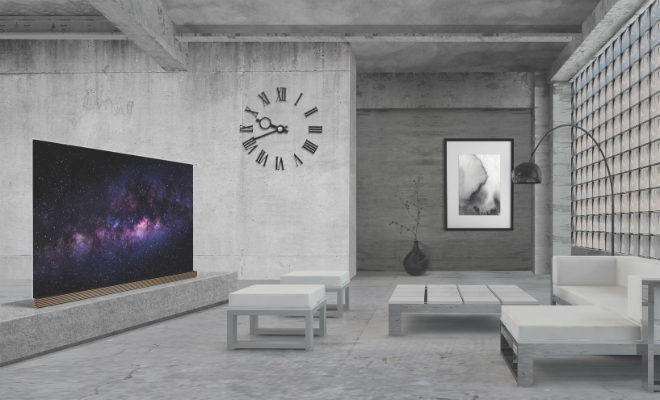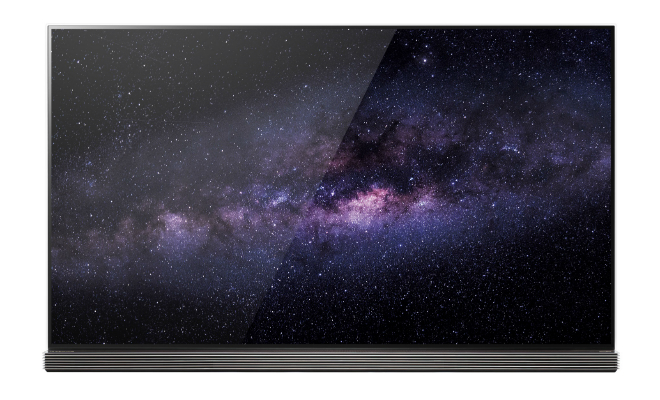
The Gen XY Lifestyle
LG Makes a Mark with its Signature
LG’s flagship TV is called the Signature. It’s an amazing showpiece that issues a strong statement about the potential of HDR TVs in the near future.
But Signature it is, and it no doubt showcases LG’s signature TV panel – OLED. This is pretty much the absolute in television indulgence – well if you discount the Loewes and B&Os – in which it really does feel like you’re getting your money’s worth in visual returns.
This luxury comes at a price though: S$12,999 for the 65-inch version, and S$41,999 for the 77-inch monster.
While the 2.57mm-thin OLED panel – the width of four stacked credit cards – will be a major talking point, the Signature earns its plaudits by providing excellence in visual quality and sound. Both models boast the most advanced television tech LG has to offer, including OLED displays, 4K resolution, OLED high dynamic range, Ultra HD Alliance’s (UHDA) HDR10 and Dolby Vision.
Alternatives
LG also released a number of TVs that meet both formats of HDR10 and Dolby Vision. OLED alternatives are available in the form of the E6 and C6, which are priced at S$7,499 and S$6,799 respectively for their 55-inch variants, while the 65-inch variants are priced at S$9,999 and S$8,999 respectively.
Three LED models – UH770T, UH850T, and UH950T – are also available, and start from as low as S$2,199 for a 49-inch UH770T right up to S$19,999 for an 86-inch UH950T, so there are options.
HDR Formats
Why the focus on HDR10 and Dolby Vision? It’s because these are primarily the two competing standards for ultra HD TVs. Dolby Vision requires Dolby hardware and certification, so it’s not a simple matter of a software upgrade. Much like Betamax vs VHS when it first began, nobody knows what will happen in the future.
In general, the certifications cover standards requirements, but most importantly it stipulates a requirement for high dynamic range capabilities in terms of colour and luminance, which is actually more important than absolute number of pixels.
The TV industry has been guilty of pushing many features that don’t really enhance the viewing experience (e.g. 3D), but this looks like the real deal – the improvement is easily discernible and you don’t need to be a professional in the industry to be able to tell.
At the moment, HDR10 is pretty standard in the industry, while Dolby Vision, the visually superior format is up and coming, and has the added advantage of having the support of Netflix, a major global streaming service.







